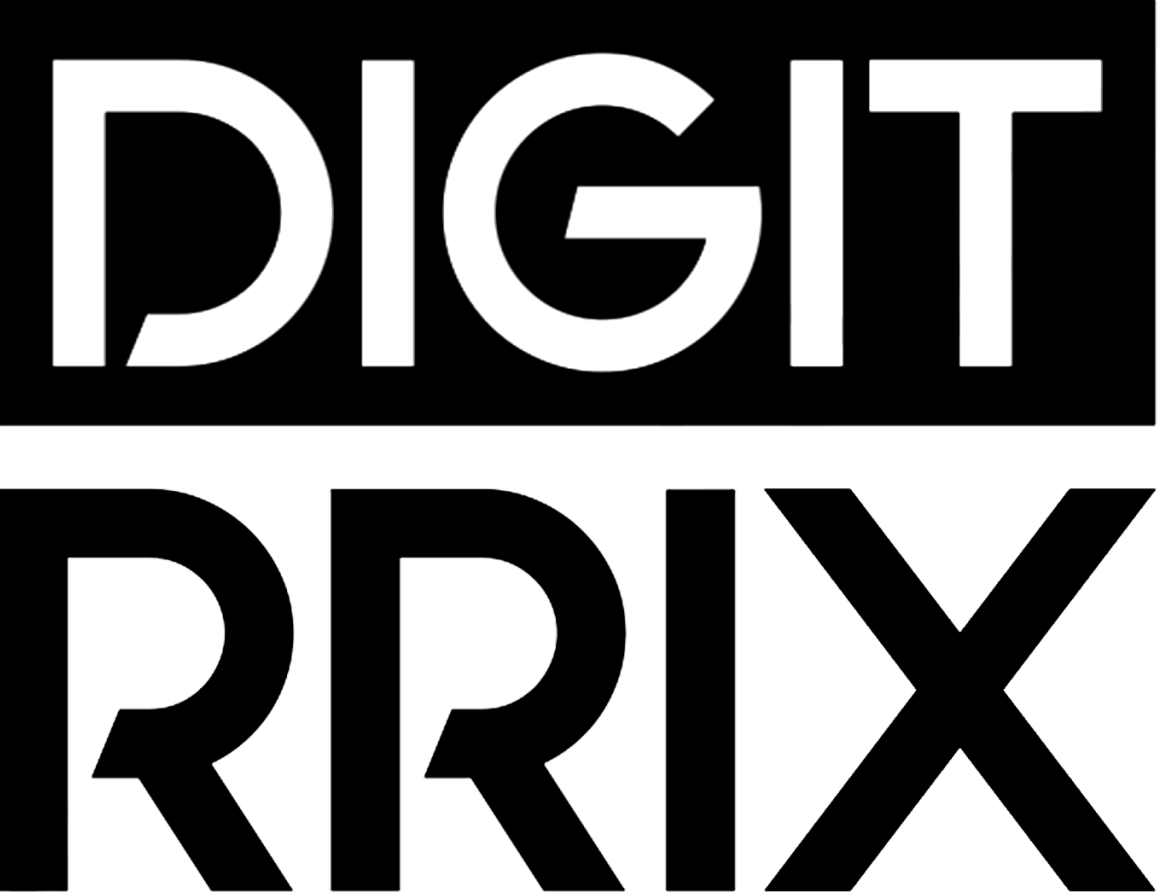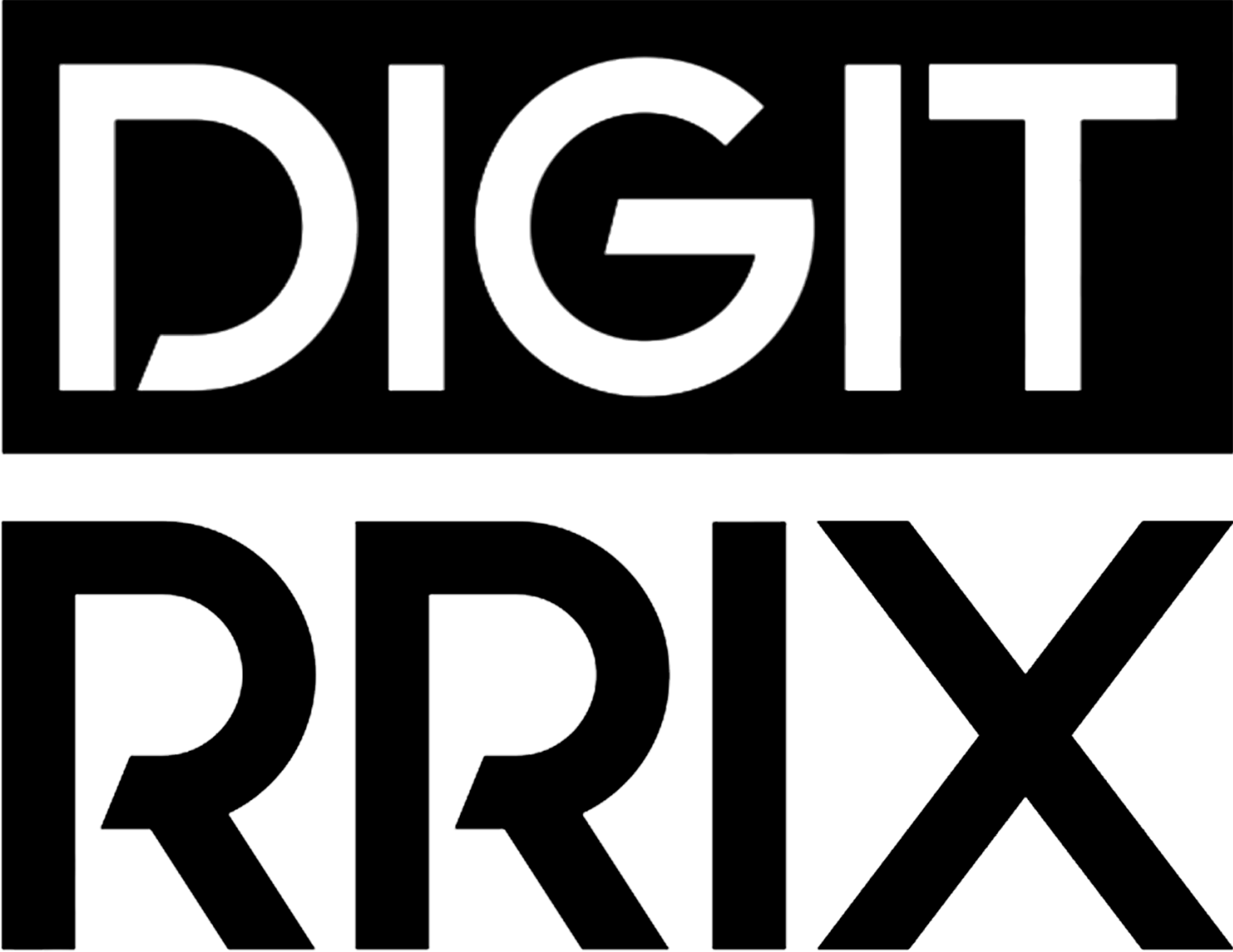
The Evolution of Software Services: Trends to Watch in 2025
As we approach 2025, the Evolution of Software Services continues to transform rapidly, reshaping the technological landscape in unprecedented ways. Businesses and developers alike must stay ahead of emerging trends that dictate the future of software solutions. From the integration of artificial intelligence and machine learning to the revolutionary impact of cloud computing, understanding these changes is crucial for leveraging their potential. Furthermore, the rise of low-code and no-code platforms promises to democratize software development, allowing non-technical users to contribute to innovation. Additionally, as cybersecurity threats evolve, ensuring robust security measures becomes paramount. In this post, we will explore the key trends shaping the future of software services and highlight the importance of a customer-centric approach in this dynamic environment.
Understanding the Evolution of Software Services to Date
Over the past few decades, software services have undergone significant transformations, driven by technological advancements and changing consumer expectations. Understanding this progression is crucial for businesses aiming to stay ahead in a competitive landscape. Here’s a breakdown of key milestones in the development of software services:
- Early Days of Software: Initially, software was developed for specific hardware. Companies created bespoke applications for individual clients, resulting in high costs and limited scalability.
- Client-Server Model: The late 1980s and 1990s brought about the client-server model, which facilitated the distribution of applications across networks. This architecture allowed multiple users to access server-based applications, enhancing collaboration and efficiency.
- Introduction of SaaS: The advent of Software as a Service (SaaS) in the early 2000s revolutionized how businesses utilized software. Instead of purchasing software licenses, companies could now subscribe to services hosted in the cloud, which drastically reduced upfront costs and simplified maintenance.
- Mobile and Web-Based Applications: With the rise of smartphones and mobile devices, there was a significant shift toward developing mobile applications. Similarly, web-based applications gained traction, offering users instant access to tools without installation hassles.
- Agile Development Methodologies: The integration of Agile practices transformed development cycles, emphasizing rapid iteration and flexibility. This allowed software services to respond more effectively to user feedback, thereby enhancing overall user satisfaction.
- Integration of Artificial Intelligence: Recent years have seen the incorporation of AI and machine learning into software services, enabling features like predictive analytics and personalized user experiences, creating more robust and intelligent applications.
These milestones exemplify the evolution of software services, highlighting a trajectory that focuses on accessibility, flexibility, and user-centric design. As we move forward, understanding this historical context will be instrumental in navigating upcoming trends and harnessing the full potential of software innovations.

Key Trends Shaping the Future of Software Services
The Evolution of Software Services is marked by rapid technological advancements and shifting business needs, setting the stage for several key trends to emerge as we approach 2025.
1. Increased Adoption of AI and Automation: One of the most significant trends is the growing reliance on Artificial Intelligence (AI) and automation technologies. Businesses are leveraging AI to enhance decision-making processes, streamline operations, and elevate user experiences. From chatbots that provide customer support to AI-driven analytics that forecast market trends, these innovations are becoming indispensable.
2. Cloud-Native Development: As organizations increasingly migrate to cloud environments, cloud-native development is rising to the forefront. This approach allows companies to build and scale applications with increased flexibility and efficiency. Adopting microservices architecture facilitates faster deployment and continual updates, creating a more agile service delivery model.
3. Integration of Internet of Things (IoT): The integration of IoT devices into software services is another defining trend. As smart devices proliferate, data collection and real-time analytics become critical for businesses. Companies can tailor services to meet customer needs and enhance operational efficiency by utilizing the data generated from these devices.
4. Low-Code and No-Code Platforms: The democratization of software development through low-code and no-code platforms is transforming how applications are created. These tools empower business users with minimal programming knowledge to build custom applications. This shift not only accelerates development cycles but also encourages innovation by allowing more voice from diverse teams within organizations.
5. Enhanced Cybersecurity Measures: With increasing cyber threats, a stronger focus on cybersecurity is paramount. Businesses are prioritizing secure software development practices, adhering to compliance standards, and investing in comprehensive security solutions to protect sensitive data. This trend is critical as the stakes are higher, with cyberattacks becoming more sophisticated and damaging.
These trends exemplify how the landscape of software services is evolving. Embracing these insights will enable organizations to leverage the full potential of technology, ensuring they remain competitive in an increasingly complex environment. As we move toward 2025, the Evolution of Software Services will continue to reflect innovation and adaptability, driving future success.
The Role of AI and Machine Learning in Software Evolution
As we delve into the Evolution of Software Services, one cannot overlook the transformative impact of Artificial Intelligence (AI) and Machine Learning (ML). These advanced technologies are not merely trends but are reshaping the very foundations of software development and deployment, leading to significant enhancements in functionality and user experience.
Enhanced Decision-Making
AI and ML technologies enable software systems to analyze vast datasets rapidly, uncovering valuable insights that enhance decision-making processes. By integrating predictive analytics, businesses can anticipate customer behavior and market shifts, allowing for more informed strategies. This proactive approach not only improves competitiveness but also fosters better engagement with end-users.
Automation and Efficiency
The automation capabilities of AI reduce the need for manual input and streamline repetitive tasks, thereby increasing productivity. For software development teams, this translates to faster release cycles and fewer errors, as AI can assist in code generation and debugging. Moreover, ML algorithms can personalize user experiences, tailoring applications to meet individual user needs actively.
Intelligent User Interfaces
With the integration of AI-driven chatbots and virtual assistants, software services are becoming more intuitive. These smart interfaces enhance user interaction by providing real-time support and guiding users through complex systems effortlessly. This intelligent augmentation not only improves customer satisfaction but also increases adoption rates for new software solutions.
Data Security and Risk Management
AI and ML are playing a critical role in addressing cybersecurity threats. By learning from patterns and anomalies, these technologies can identify potential security breaches before they occur, safeguarding sensitive information. This proactive risk management is crucial in an era where data breaches and cyber threats are ever-evolving.
In summary, the Evolution of Software Services is significantly influenced by the advancements in AI and Machine Learning. From enhancing decision-making and automation to providing intelligent user interfaces and improving cybersecurity, the benefits are pervasive. As we move closer to 2025, leveraging these technologies will be essential for businesses seeking to remain at the forefront of software innovation.
Cloud Computing Advances and Their Impact on Software Services
In recent years, cloud computing has transformed the landscape of software services, making them more accessible and efficient. As we move toward 2025, understanding the influence of cloud technologies is crucial for businesses aiming to stay competitive. Here’s how cloud computing is reshaping the software service industry:
- Scalability and Flexibility: One of the most significant advancements in cloud computing is its inherent scalability. Companies can easily adjust their resources according to demand, thus enabling rapid growth without the burden of extensive upfront investments. This flexibility is particularly valuable for startups and small businesses.
- Cost Efficiency: By adopting cloud-based solutions, organizations can reduce costs related to hardware, software installation, and maintenance. Pay-as-you-go models allow companies to pay only for what they use, optimizing their budgets and allowing reinvestment into core business areas.
- Enhanced Collaboration: Cloud computing fosters a collaborative work environment. Multiple users can access and edit software services simultaneously from various locations, significantly enhancing team productivity. Tools such as cloud-based project management software facilitate seamless communication among team members.
- Automatic Updates and Maintenance: Cloud service providers typically manage software updates and security patches. This not only ensures that users have access to the latest features but also reduces the burden on IT departments. As a result, companies can focus on their business objectives rather than software upkeep.
- Integration with Other Technologies: Cloud computing facilitates the integration of various technologies, such as AI, machine learning, and the Internet of Things (IoT). This interoperability enhances the functionality of software services, allowing businesses to leverage data analytics and improve decision-making processes.
- Increased Security Measures: Despite initial concerns, advances in cloud security have made these platforms more secure than ever. Regular security updates, robust encryption methods, and compliance with international standards help protect sensitive data, thus fostering greater trust among businesses and consumers.
As we look toward the future, the Evolution of Software Services will be heavily influenced by these cloud computing advancements. Companies that leverage these changes can expect to streamline operations, enhance customer experiences, and maintain a competitive edge in their industry.

The Rise of Low-Code and No-Code Development Platforms
In recent years, the industry has witnessed a transformative shift with the rise of low-code and no-code development platforms. These innovative tools empower users with varying levels of technical skills to design, create, and deploy applications swiftly and efficiently. Essentially, they democratize app development, enabling businesses to respond quickly to changing market demands without heavily relying on IT departments.
Low-code and no-code platforms utilize visual interfaces, enabling users to drag and drop components to build applications rather than writing a significant amount of code. This accessibility significantly reduces development time and costs. Moreover, organizations can turn their ideas into functioning applications in a fraction of the time traditionally required, allowing for faster deployment and iteration processes.
One of the most compelling benefits of these platforms is enhanced collaboration. Business users, often referred to as “citizen developers,” can participate in the development process, providing insights and requirements that IT might overlook. This collaboration fosters a more agile environment, where applications can evolve in line with user feedback and market changes.
Security features have also evolved alongside these platforms. Many of them now come equipped with built-in security measures, addressing concerns that organizations might have regarding application safety. Additionally, as companies increasingly adopt these low-code solutions, they witness a reduction in backlogs and an enhancement in overall productivity.
As we look to 2025, the emphasis on low-code and no-code development platforms will likely continue to grow, further reshaping the landscape of software services. Organizations ready to embrace this evolution will position themselves at the forefront of innovation, capitalizing on the agile capabilities these platforms offer.
Cybersecurity Trends in the Evolution of Software Services
As we navigate the rapidly changing landscape of technology, the significance of cybersecurity within software services becomes increasingly paramount. With threats evolving alongside innovative software solutions, businesses must adopt proactive measures to protect sensitive data and maintain user trust. Several trends are shaping the cybersecurity landscape, enhancing its integration into the development and deployment of software services.
Increased Focus on Integrated Security Solutions is one of the foremost trends. Instead of treating security as a secondary concern or an afterthought, businesses are now implementing security protocols from the design phase. This approach, known as “security by design,” ensures that each software release is secure and reduces vulnerabilities that could be exploited by cybercriminals.
The rise of zero trust architecture also plays a critical role in modern cybersecurity strategies. This model operates under the premise that no entity—inside or outside the organization—should be trusted by default. By continuously verifying identity and device authenticity at every stage of access, businesses can significantly reduce the risk of breaches.
Furthermore, the growing integration of AI and machine learning into security systems allows for real-time threat detection and response. These technologies can analyze vast amounts of data, identifying anomalies that may indicate potential attacks. This is a game-changer, enabling timely interventions that mitigate risks effectively.
Moreover, the increasing prevalence of remote work has highlighted the need for robust endpoint security. With employees accessing company networks from diverse locations and devices, organizations are investing in solutions that secure these endpoints, ensuring that all access points maintain high levels of security.
In summary, as software services continue to evolve, the importance of prioritizing cybersecurity cannot be overstated. By adopting integrated security measures, leveraging advanced technologies, and focusing on protecting all access points, businesses can safeguard their digital landscapes against emerging threats. The trajectory of cybersecurity trends is vital for fostering trust and resilience as the software industry adapts and grows.
The Importance of Customer-Centric Software Development
In today’s fast-paced digital landscape, the significance of customer-centric software development cannot be overstated. As businesses pivot towards delivering exceptional value to their clients, tailoring software solutions to meet user needs has become a critical determinant of success. The Evolution of Software Services has highlighted how essential it is for companies to prioritize customer perspectives throughout the software lifecycle.
Key Aspects of Customer-Centric Development:
- User Experience (UX):
- A seamless and intuitive user experience is paramount. Software that is easy to navigate and visually appealing fosters user engagement and satisfaction.
- Consider conducting user testing and gathering feedback to iteratively refine the interface.
- Customization:
- Tailored solutions enhance customer satisfaction. Allowing users to customize features or interfaces lets them engage more deeply with the software.
- Take advantage of flexible design options to accommodate varying user preferences.
- Feedback Loops:
- Establishing channels for ongoing customer feedback is essential. Regularly monitoring user input helps identify pain points and emerging needs, enabling continuous improvement.
- Utilize tools like surveys and feedback forms, or conduct interviews to acquire in-depth insights.
- Agile Development:
- Adopting agile methodologies promotes a customer-focused approach. This technique allows teams to respond quickly to changing user demands and integrate feedback efficiently.
- By conducting sprints that prioritize user stories, development teams can stay aligned with customer objectives.
- User-Centric Metrics:
- Incorporating metrics focused on user behavior can direct development efforts. Measuring user engagement, retention, and satisfaction can provide invaluable insights for strategic decisions.
- Data analytics tools can help track these metrics, ensuring a continuous alignment with customer expectations.
Benefits of Customer-Centric Development:
- Increased Loyalty and Retention: A positive user experience fosters loyalty, encouraging customers to return and recommend the software to others.
- Competitive Advantage: In a crowded market, customer-centric solutions differentiate businesses from their competitors, attracting new clientele.
- Higher Revenue: Satisfied customers are often willing to invest more in software solutions that they find valuable and easy to use, ultimately driving sales.
In conclusion, as we move deeper into 2025, the importance of a customer-centric approach in software development will remain paramount. Observing trends and adapting to meet customer expectations will facilitate the Evolution of Software Services, positioning businesses for sustainable growth and success.

Frequently Asked Questions
What are the key trends in software services expected to emerge in 2025?
In 2025, several critical trends in software services are expected to shape the industry. Key among them are the rise of artificial intelligence and machine learning integration, which will lead to enhanced decision-making and automation capabilities. The growth of cloud-native applications is anticipated, allowing for greater scalability and reliability. Additionally, the increasing emphasis on cybersecurity will drive the development of more robust security features within software services. Finally, the focus on user experience and design will elevate the importance of intuitive interfaces and seamless interactions.
How will emerging technologies affect software service delivery by 2025?
Emerging technologies such as 5G, blockchain, and augmented reality are set to drastically transform software service delivery by 2025. 5G technology will enable faster data transmission and lower latency, enhancing cloud services and mobile applications. Blockchain is expected to revolutionize data security and transaction transparency, which is crucial for services that rely on secure transactions. Furthermore, augmented reality will facilitate enhanced user engagement and interactive experiences in applications, making software services more immersive and effective in meeting user needs.
What role does customer feedback play in the evolution of software services?
Customer feedback is becoming increasingly vital in shaping the direction of software services. By 2025, businesses will leverage advanced analytics and sentiment analysis tools to gather and interpret customer data more effectively. This will enable them to refine their offerings, quickly address pain points, and innovate based on user needs. A robust feedback loop will not only enhance customer satisfaction but also foster loyalty, as software services become more personalized and responsive to the evolving demands of users.
What should businesses focus on to remain competitive in the software services market by 2025?
To remain competitive in the software services market by 2025, businesses should prioritize innovation and agility. Embracing cloud infrastructure and automation tools will enhance operational efficiency and scalability. Additionally, investing in research and development to incorporate emerging technologies such as AI, machine learning, and data analytics will allow businesses to deliver more intelligent solutions. Furthermore, fostering a customer-centric culture that emphasizes continuous improvement and responsiveness to market trends will be crucial for maintaining a competitive edge in a rapidly evolving landscape.



